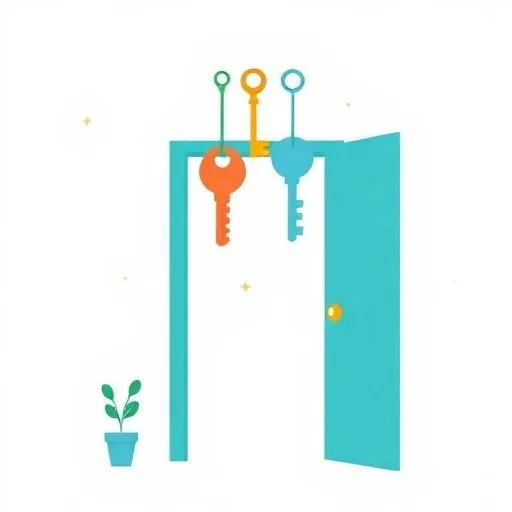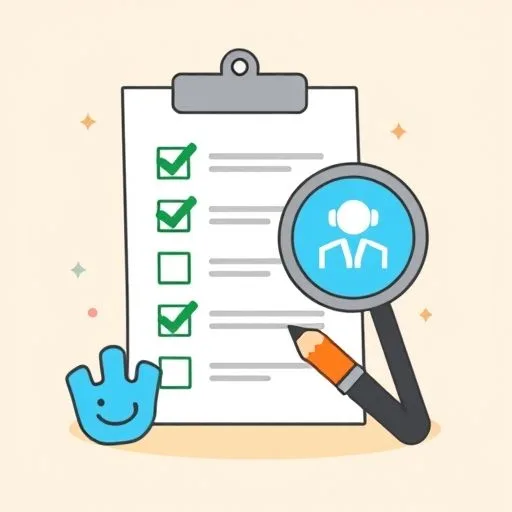
Last weekend, our family GPS rerouted us through a puddle-filled alley—just like biased AI steering us off course! It’s like hoping for a smooth family road trip, only to hit unexpected bumps. That’s the challenge with AI today—algorithms meant to be impartial sometimes mirror our society’s biases, affecting everything from job applications to healthcare. But here’s the hopeful part: awareness is growing, and together, we can steer toward solutions that reflect fairness and compassion. Building fairer AI is a shared journey.
How Does AI Bias Creep In?

AI doesn’t start with bias—it learns from us. Think of it like a child picking up habits: if the data it’s fed shows historical preferences or gaps (like favoring one group over another), the AI absorbs and amplifies those patterns. Joy Buolamwini’s research at MIT highlighted this starkly: facial recognition systems had error rates of up to 34% for darker-skinned women, compared to less than 1% for lighter-skinned men. Why? Because the training data leaned heavily toward one demographic. This points to the need for robust AI bias detection.
Isn’t it wild how our gadgets just mirror us—warts and all? But just as we teach kids to question assumptions, we can guide AI toward better, fairer outcomes.
Real-World Impacts of AI Discrimination

One evening over kimchi fried rice, I chatted with my daughter about fairness—kids ask the best questions! From hiring tools that penalize resumes with the word “woman” to algorithms in criminal justice that disproportionately flag certain communities, the effects are far from abstract. In healthcare, biased data can lead to misdiagnoses or unequal treatment. Even educational tools sometimes score racial minorities as less likely to succeed, perpetuating cycles of exclusion. Addressing these AI discrimination issues is crucial.
It’s like planning a family outing where only some get the best maps—everyone deserves a fair shot, and AI should help bridge gaps, not widen them.
Why Fair AI Matters to Everyone

Whether you’re a parent thinking about your child’s future or someone navigating career shifts, AI’s fairness—or lack thereof—touches us all. The goal isn’t to fear technology but to shape it with intention. After all, tools should serve people, not the other way around.
Imagine a world where AI helps educators spot every student’s potential or assists doctors in providing equitable care. That’s the promise we can work toward, step by step.
Practical Steps Towards Fairer AI Technology

Change starts with awareness and action. Here’s how we can contribute:
- Diverse Data Collection: Ensure training datasets represent all communities. It’s like packing for a family trip—everyone’s needs matter.
- Transparency and Testing: Regularly audit algorithms for bias, much like we check in on our kids’ screen time to keep things balanced.
- Inclusive Design Teams: Involve voices from varied backgrounds in creating AI tools. Different perspectives lead to richer solutions.
- Advocacy and Policy: Support regulations that prioritize fairness, as recommended by experts like the UN’s Ashwini K.P.
Small steps add up, turning concern into constructive progress for trustworthy AI.
A Hopeful Horizon for Ethical AI

AI isn’t destined to be biased—it’s a canvas we can paint with empathy and wisdom. By choosing to prioritize fairness, we build systems that uplift rather than exclude. It’s like watching a child learn to share: with guidance, they embrace inclusivity naturally. This fosters a more human-centered AI.
Let’s champion AI that sees everyone clearly, judges fairly, and opens doors wide. Together, we can create a future where technology serves as a force for good, reflecting the best of who we are and who we hope to be.
Source: The Problem with AI Discrimination, SciLogs Spektrum, 2025/09/10 12:00:00
